Life in the mountains comes with risks and challenges. As an avid off-roader, I’ve been in precarious situations more times than I can count. With steep drops, boulders, and trees threatening to block my path, having a capable winch has gotten me out of many jams over the years.
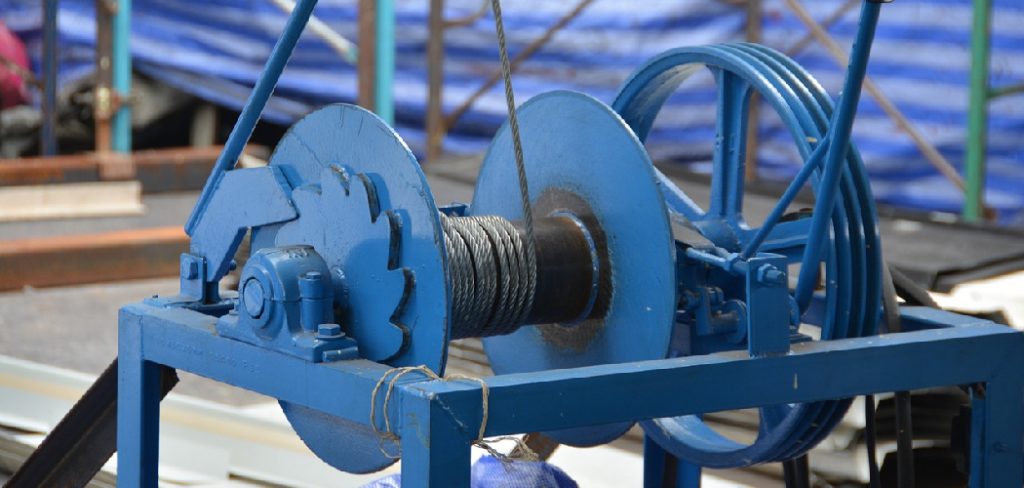
However, a winch is only as effective as the cable attached to its drum. If the line improperly attaches or comes loose during a pull, it could seriously endanger the recovery operation or damage expensive gear. That’s why taking the time to attach cable to a winch drum properly is so important.
In this post, I’ll walk through the step-by-step process of how to attach cable to winch drum, so you can hit the trails with confidence that your recovery system is set up for success.
What Will You Need?
Before we dive into the steps of attaching cable to a winch drum, let’s make sure you have all the necessary tools and materials on hand. Here’s what you’ll need:
- A winch with a spooling drum
- Properly sized and rated winch cable
- Winch hook or bow shackle
- Cable thimble (optional)
- Tape measure or ruler
- Wire cutters
- Gloves (optional but recommended)
It’s time to get started once you have all the necessary items.
10 Easy Steps on How to Attach Cable to Winch Drum
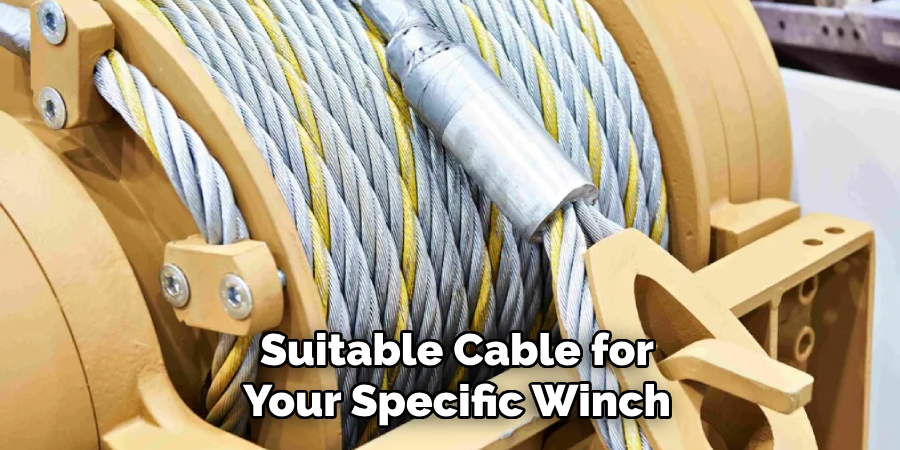
1. Choose the Right Cable
The first step in attaching a cable to a winch drum is ensuring you have a suitable cable for your specific winch. The line should be strong enough to handle your load’s weight and long enough to reach from the winch drum to your desired attachment point. If you need clarification on the correct size and rating, refer to your winch’s manual for guidance.
2. Secure the End of the Cable
Once you have selected the appropriate cable, securely attach one end to the winch drum using a cable clamp or thimble. This will prevent the line from slipping off the drum while in use. Make sure to tighten the clamp or thimble securely so it does not come loose during operation.
3. Wrap the Cable Around the Drum
Next, carefully wrap the cable around the winch drum in a neat and even manner. The number of wraps needed will depend on your winch model and load weight, so consult your user manual for guidance. Keep tension on the cable as you wrap it around the drum to prevent any slack or loose sections.
4. Attach Hook or Other Attachment Point
Once you have wrapped the cable around the drum, attach a hook or other attachment point at the free end of your line. This will allow you to secure your load and use your winch effectively. Make sure this attachment is secure before beginning operation. It is also recommended to use a cable thimble at this attachment point to prevent wear and tear on the cable.
5. Test and Adjust as Needed
Before fully utilizing your winch, test its functionality by slowly pulling on the cable with light tension. If there are any issues with how it is attached or if there is too much slack, adjust accordingly until it is working smoothly and safely. Be bold, measure, and double-check the number of wraps on the drum if needed.
6. Use Gloves for Protection
Attaching cable to a winch drum can be physically demanding, so it’s important to protect your hands with gloves. This will prevent you from getting blisters or cuts and provide better grip and control while handling the cable.
7. Avoid Kinks and Tangles
When wrapping the cable around the drum, avoid any kinks or tangles. These can weaken the cable and cause it to break under heavy loads. If you come across a coil or tangle, carefully straighten it before continuing.
8. Keep Cable Clean and Lubricated
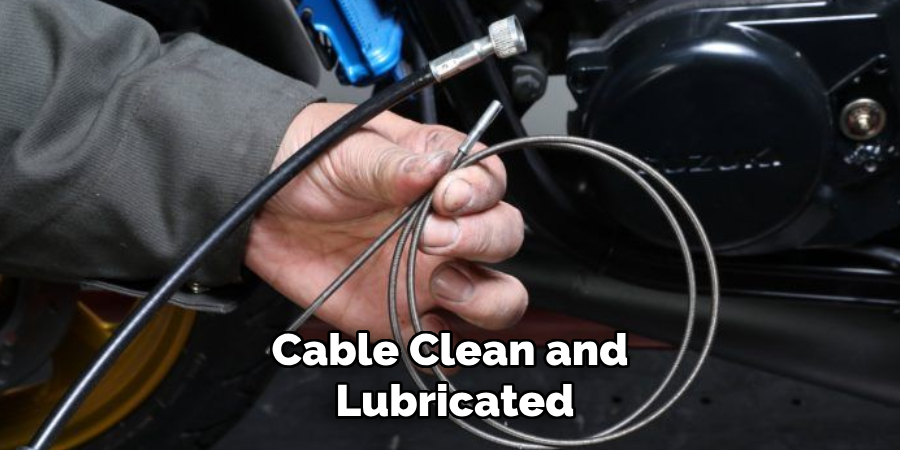
To ensure the longevity of your winch cable, it’s essential to keep it clean and lubricated. This will prevent rust and corrosion from damaging the cable and affecting its strength. Regularly inspect and clean the cable after each use, and apply a light coat of lubricant to keep it in good condition.
9. Properly Store the Cable
After each use, ensure the winch cable is properly stored to prevent damage and extend its lifespan. Rewind the cable neatly around the drum, ensuring it is evenly distributed without overlaps or kinks. If you’re not using the winch for an extended period, consider detaching the cable and storing it in a cool, dry place to prevent rust and corrosion. Always inspect the cable before and after use to identify signs of wear and tear early.
10. Regularly Inspect the Cable
Finally, regularly inspect the winch cable as part of your routine. Look for any wear, fraying, corrosion, or other damage that might compromise the cable’s strength. If you notice any such issues, replacing the cable immediately is crucial. Your winch is a vital piece of safety equipment, and a weak or damaged line could lead to severe injury or damage to your vehicle. Remember, it’s always better to be safe than sorry.
By following these easy steps, you can ensure that your winch cable is correctly attached to the drum and ready for action whenever needed.
5 Additional Tips and Tricks
1. Mark the Cable
Consider marking the cable at specific intervals, such as every ten feet, to help you keep track of how much cable you have used. This will be useful when estimating the remaining length and planning your recovery.
2. Keep a Spare Cable
It’s always a good idea to carry a spare winch cable with you in case something happens to your primary one. You never know when it might be helpful during an emergency or if a friend needs assistance on the trails.
3. Have a Winch Damper or Blanket Handy
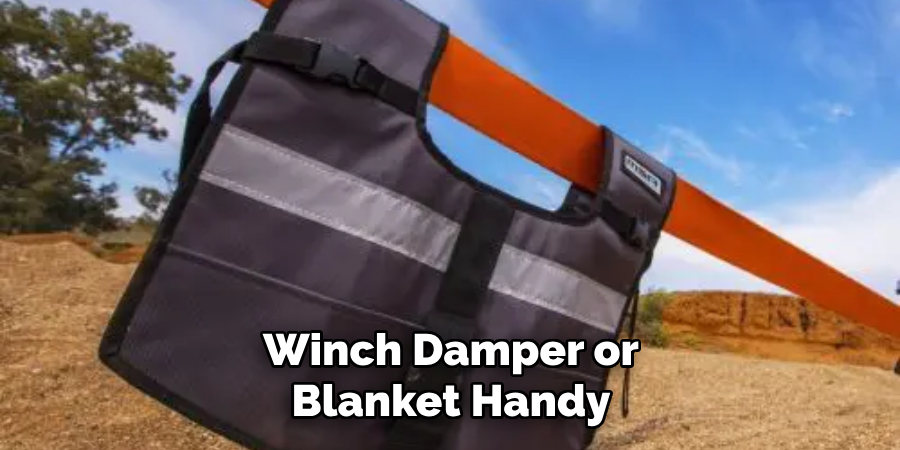
In case your winch cable snaps under tension, it can whip back violently and cause serious damage or injury. To prevent this, invest in a winch damper or use a heavy blanket to absorb the energy of a snapped cable.
4. Use Proper Techniques for Cable Tensioning
When tensioning the cable on your winch, use proper techniques to avoid damaging the cable or causing it to slip off the drum. This includes using a hook strap or other methods your winch’s manufacturer recommends.
5. Regular Maintenance is Key
Lastly, regular maintenance of your winch and cable is crucial for its longevity and safety. Along with keeping the cable clean and lubricated, check all other parts of the winch regularly and promptly replace any worn or damaged components.
With these additional tips and tricks, you can maximize your winch cable’s effectiveness and lifespan while ensuring safe and efficient use.
5 Things You Should Avoid
1. Neglecting Regular Inspection: Neglecting to inspect your winch cable regularly can lead to unnoticed wear and tear, which could be potentially dangerous. Ensure frequent checks for signs of damage or fraying to maintain safety.
2. Overloading the Winch: Overloading exceeds the winch’s capacity and can cause severe damage to your winch and vehicle. Always be aware of your winch’s load rating and never exceed it.
3. Rapid Retraction of the Cable: Rapidly retracting the winch cable can cause it to become tangled or overlapped on the drum. Always retract the line slowly and carefully to ensure proper winding on the drum.
4. Leaving the Cable Exposed to Elements: Exposing your winch cable to harsh weather conditions can lead to rust and corrosion. Always store your winch cable properly after use.
5. Ignoring a Damaged Cable: A damaged winch cable could snap under load, posing a severe safety risk. Never ignore a damaged line and replace it when any signs of wear or damage are noticed.
By avoiding these common mistakes, you can ensure the safety and longevity of your winch cable while using it effectively for all your recovery needs.
What is the Rpm of a Winch?
RPM stands for “revolutions per minute” and measures how many times a winch’s drum turns in one minute. The RPM of a winch varies depending on the model and manufacturer but typically ranges from around 25-100 RPM.
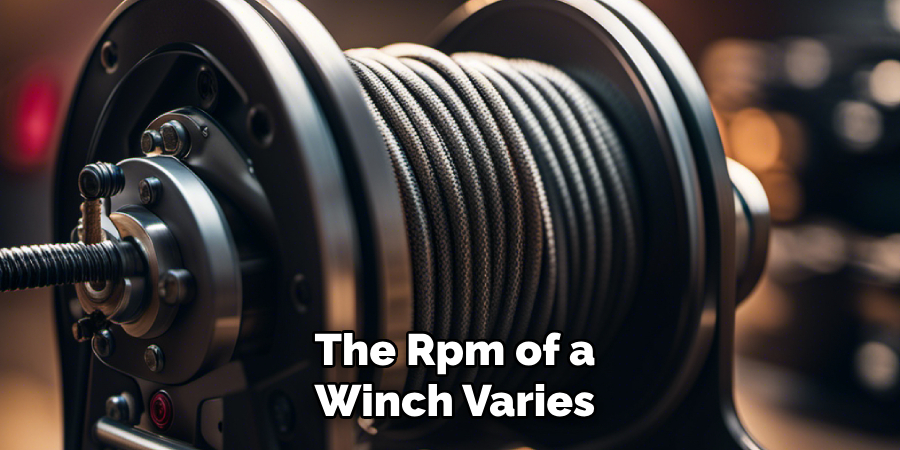
This can also be affected by the gear ratio of the winch, with higher gear ratios resulting in faster drum rotations. Ultimately, the RPM of a winch is important to consider when determining the speed and power at which it can pull a load.
Therefore, understanding your winch’s RPM and gear ratio can help you choose the right winch for your specific needs.
Conclusion
In conclusion, how to attach cable to winch drum may seem like a daunting task at first, but by following these steps and tips, you can quickly get the job done. Remember always to use proper safety precautions and to choose the right-sized cable for your winch. Taking the time to attach the line properly will ensure maximum efficiency and durability of your winch and avoid any potential accidents.
Now that you have learned all about winches and their functionality go out there and put your newfound knowledge into action! Use your winch confidently and know you have mastered the art of attaching cables to winch drums.
So whether you are an avid off-roader or just someone who enjoys tackling challenging tasks, follow these steps for a seamless experience with your winch. As always, happy towing!

About
JeepFixes Team is a skilled author for Jeep Fixes, bringing 6 years of expertise in crafting a wide range of jeep fixes. With a strong background in jeep fixes work, JeepFixes Team’s knowledge spans various types of fixtures, from decorative pieces to functional hardware, blending precision with creativity. His passion for jeep fixes and design has made him a trusted resource in the industry.
Professional Focus:
Expert in Jeep Fixes : JeepFixes Team aesthetic specializes in creating durable and innovative jeep fixes, offering both appeal and functionality. His work reflects a deep understanding of jeep fixes techniques and materials.
Sustainability Advocate : He is dedicated to using sustainable practices, ensuring that every fixture is crafted with eco-friendly methods while maintaining high-quality standards.
In his writing for jeep fixes, JeepFixes Team provides valuable insights into the latest trends, techniques, and practical advice for those passionate about jeep fixes, whether they are professionals or DIY enthusiasts. His focus on combining artistry with engineering helps others discover the true potential of jeep in design.
